The iPod mini had a relatively short lifespan in the scope of Apple's storied history, yet 16 years later it remains an iconic device that holds a special place for many. Just for fun, we revisit and re-review the iPod mini here in 2020 to see how the popular device has held up.
iPod mini's brief history
Appledebuted the iPod mini in 2004 as a response to the litany of new flash-based media players that were hitting the market. Flash-based media players were small and shipped with maybe 256MB of storage. iPod mini, on the other hand, came in a new, tiny design but with 4GB of storage thanks to its compact internal hard drive. That would hold up to a thousand songs.
At $249, the iPod mini was more expensive than the flash-based players, but not by much and had far more storage space. "You get 940 more songs for $50," Steve Jobs said at the time. At the time, the regular iPod was selling in versions from $299 to $399.
The iPod mini had an extruded aluminium body that came in blue, green, silver, gold, and pink. The bottom was home to the 30-pin connector used for syncing with yourMac or PC as well as playing back via various third-party docking stations or Apple's own dock. On top was a hold switch to prevent it from inadvertently turning on and the headphone jack with an additional connector for media controls.
Only a year later Apple released the second generation model which included an 8GB storage variant and dropped the gold color option. Merely a year after that, iPod mini was discontinued completely and replaced with the iPod nano.
While iPod mini only lasted a very short time, it was in demand nearly the entire time. It was always highly sought after and was always difficult for stores to keep in stock. Personally, iPod mini was my first Apple product.
I vividly remember heading to my local CompUSA to pick one up where they were entirely sold out apart from a single silver and a single green model. I opted for the green and remember how hard it was to patiently wait until I was home to tear into it. That iPod mini is single-handedly responsible for countless subsequent Apple purchases for me, and many others.
Using iPod mini in 2020
To use an iPod mini in 2020 is easier said than done. For starters, a legacy 30-pin cable is necessary to charge and sync the device. As they were discontinued many years ago, they are hard to come by.
Then iTunes has now been discontinued, which makes syncing unfamiliar, but not difficult. Previously, back in the day, you would use a 30-pin to USB cable, connecting it to your Mac and then launching iTunes. Today that cable might need a USB-C adapter, if you have a newer Mac, but when it's connected, the iPod mini will now show up in the Finder. It's listed there next to all of your other drives and locations. Then you can sync as normal.
Power cable aside, though, we even found ourselves struggling to find compatible headphones. All of our Apple earbuds lying around use the Lightning connector and it took some digging for us to find our old 3.5mm Apple earbuds.
That struggle was just one reminder of how very much our devices have evolved, and how quickly we take their new features for granted.
The iPod mini was largely notable for its small form factor with a spinning hard drive, but it was also the first iPod to debut with Apple's well-known click wheel. The design is so easy to use that even all these years later and reliance on touch screens, the click wheel is still simple and fast to use.
It was effortless second nature to quickly glide through Apple's menu system as we perused our early-2000's music library.
Speaking of which, though, the iPod mini of course does not support Apple Music — or any other streaming service for that matter. This means the music you have to listen to on it is limited to the music you own. As steadfast streaming fans, we haven't bought music in years.
For this nostalgic look back at the iPod mini, though, this seemed rather fitting. We were using a retro iPod mini and listening to our throwback music on it.
There is more to the iPod mini than just music, however. It has support for calendars, contacts, and even several different games including solitaire and brick breaker. They are hardly on the same level as iPhone games, but they can still be fun time killers.
Although the iPod mini is 16 years old, we still use it on occasion. It is a fun throwback device that fits alongside our record player and vintage Marshall speakers.
Plus it speaks to just how well Apple designed iPod mini that not only is it still working more than a decade and a half later, but it remains simple, easy, and enjoyable to use.
 Andrew O'Hara
Andrew O'Hara
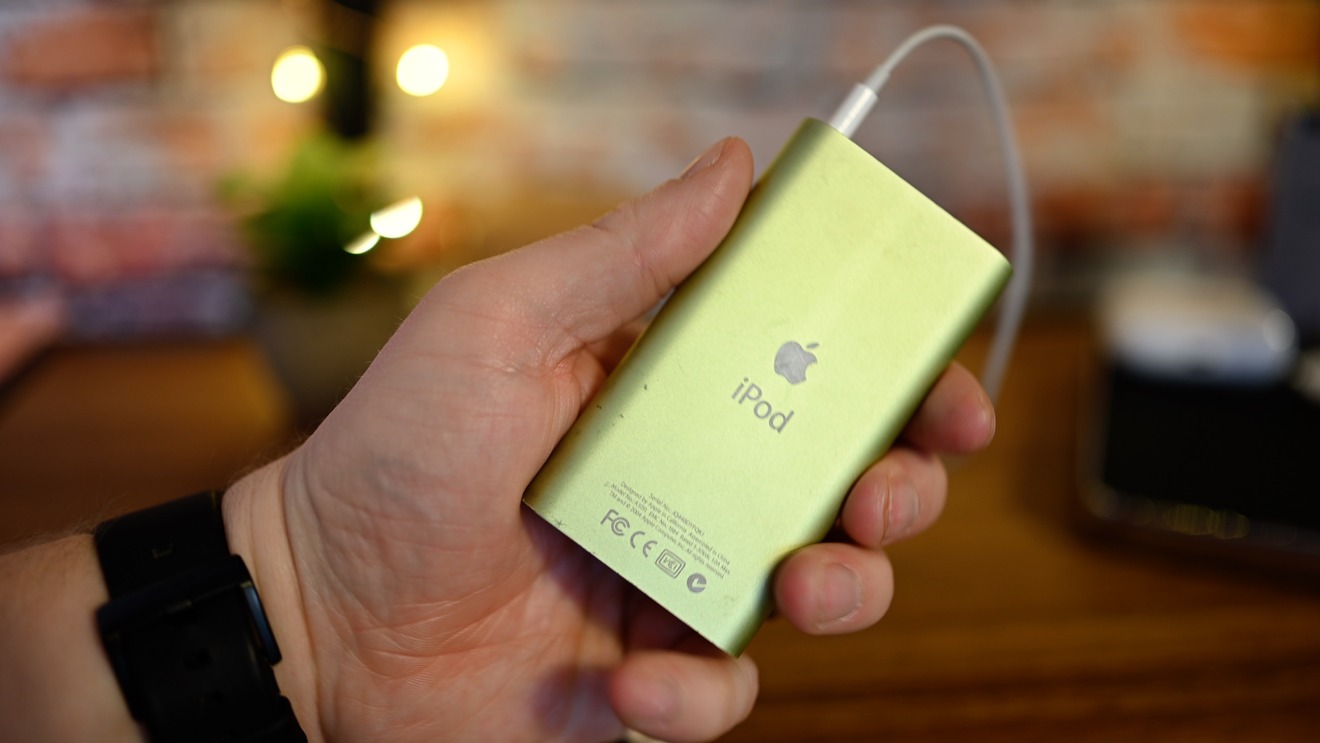
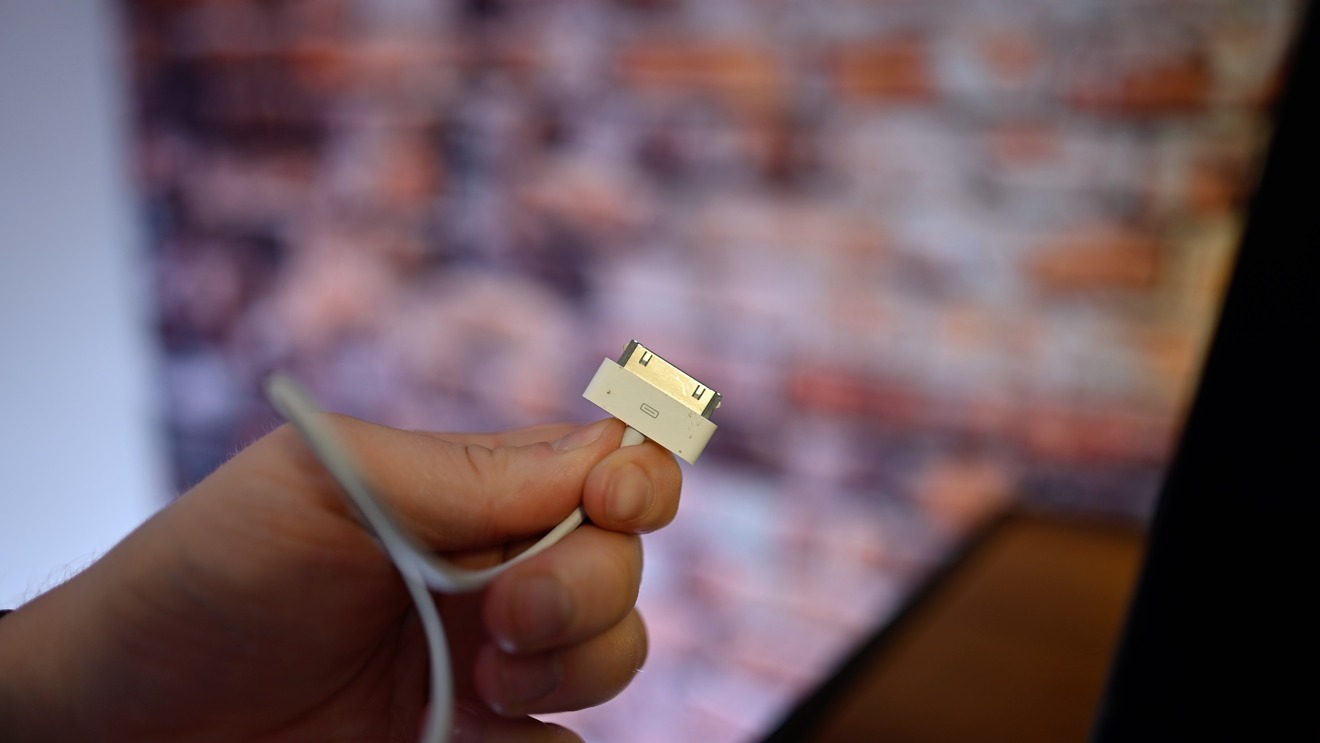
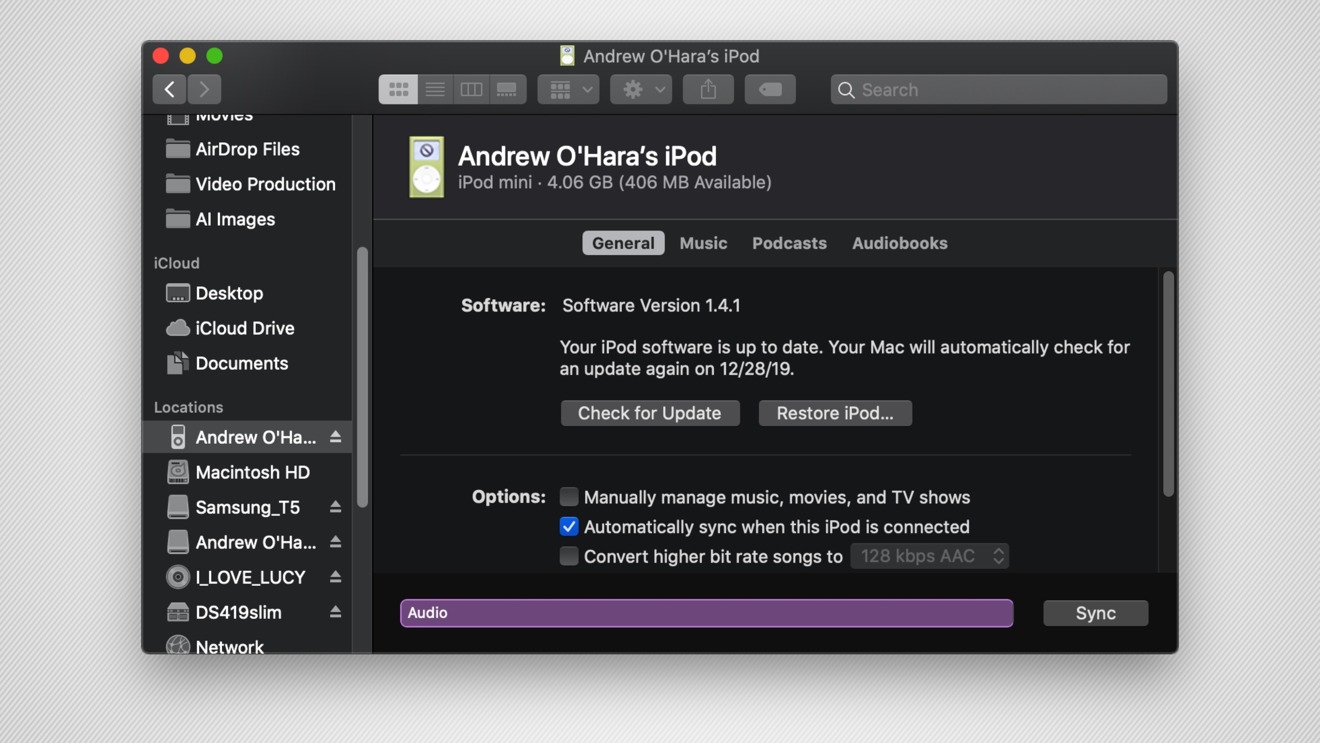
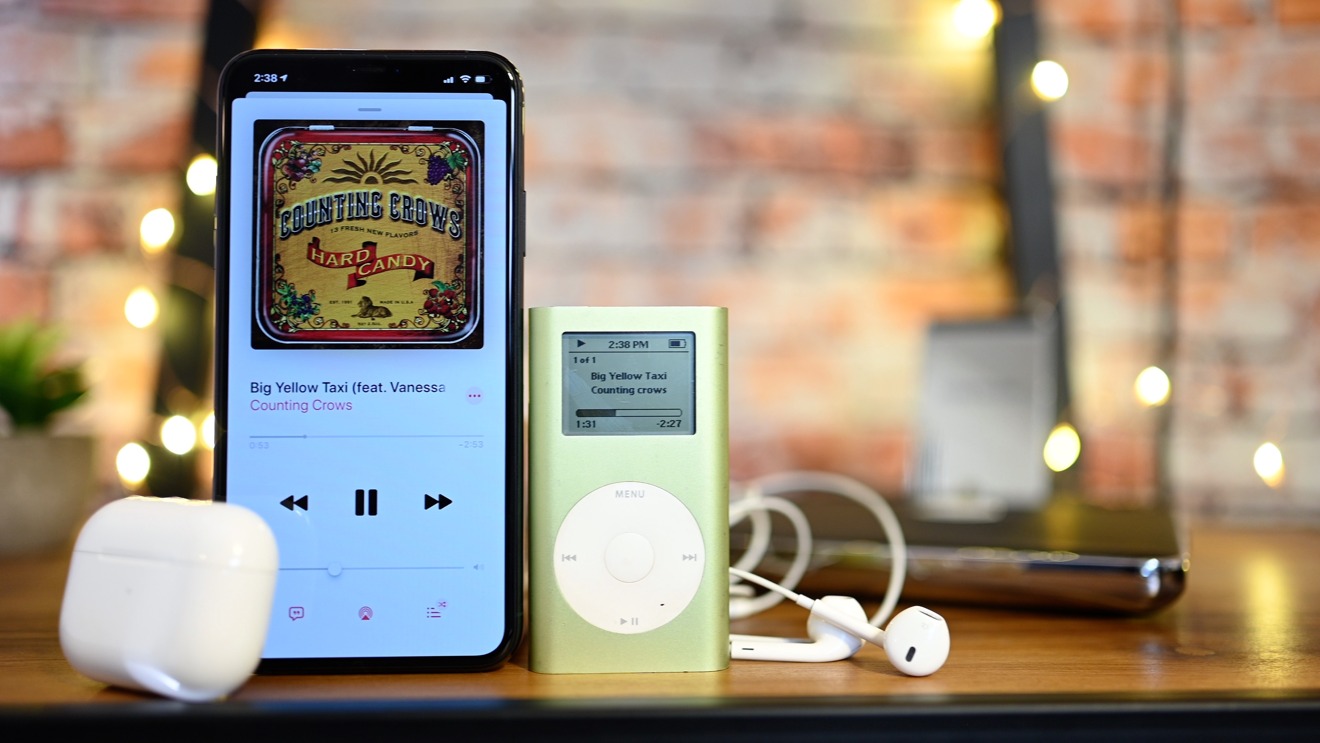
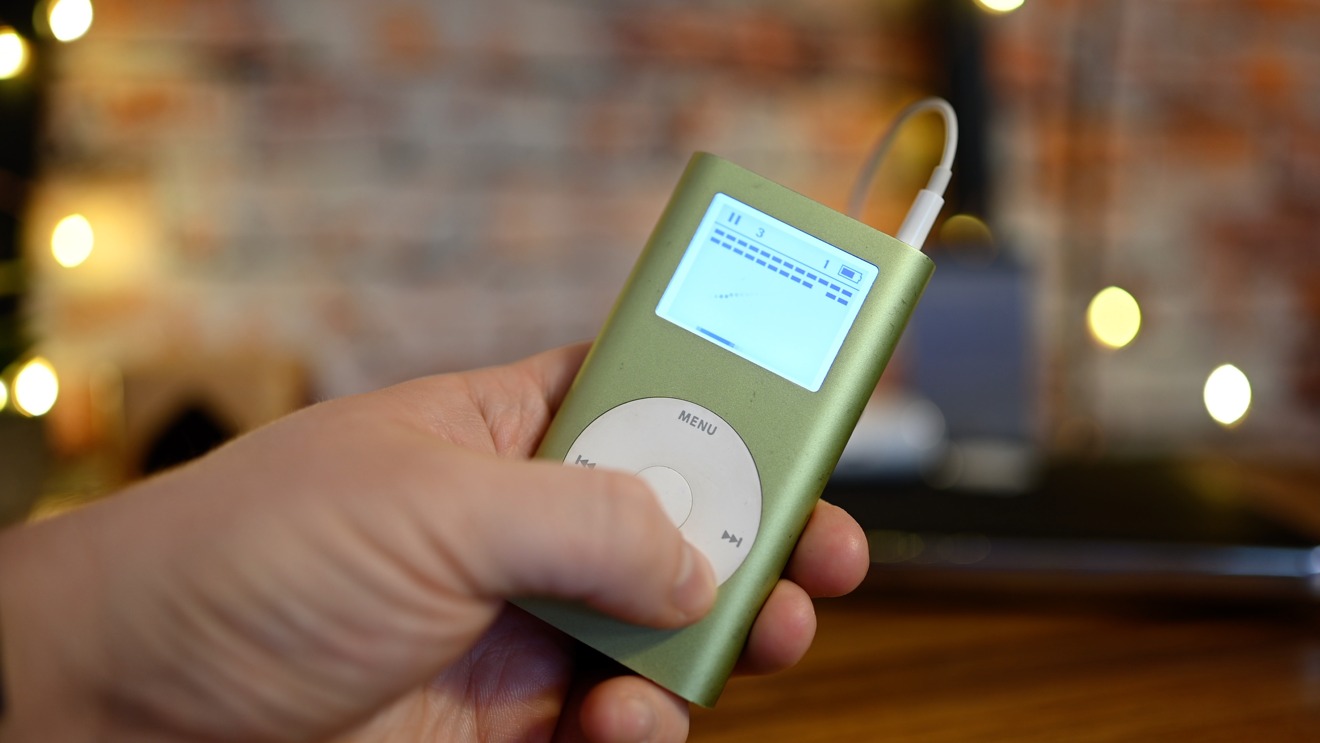
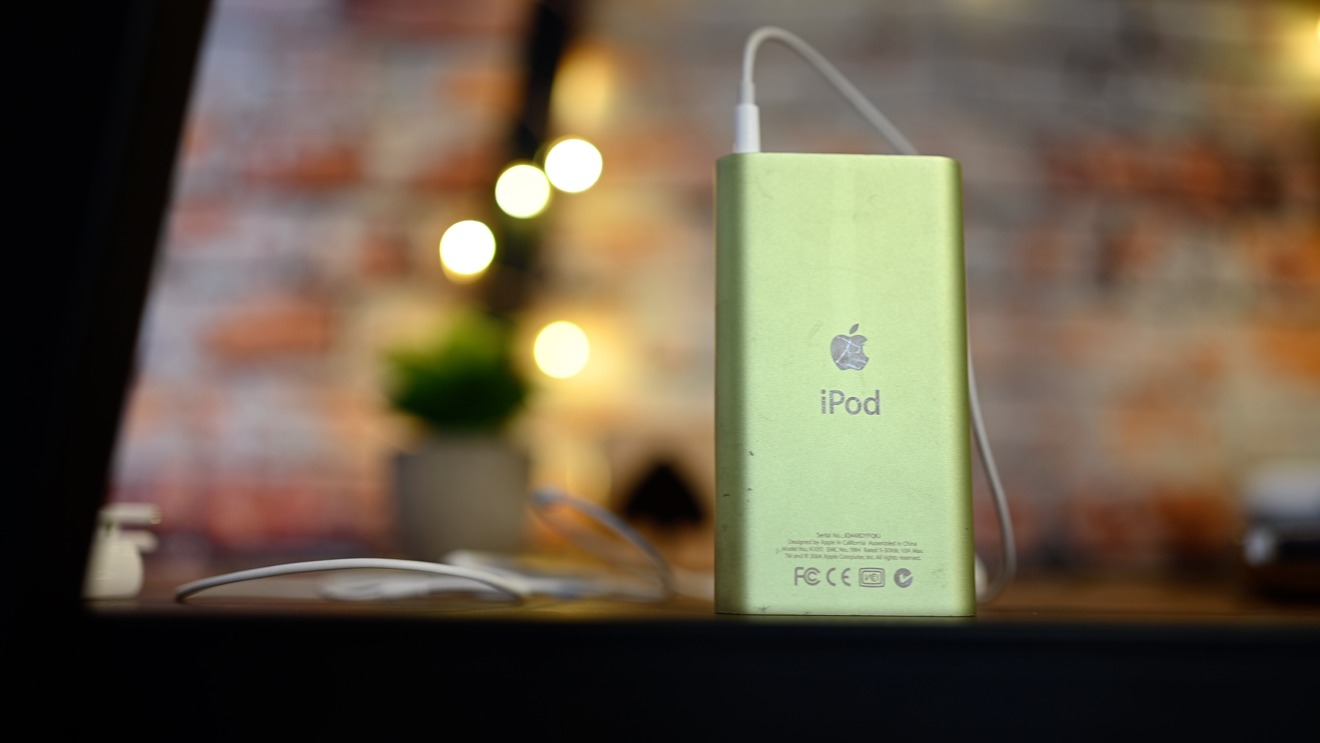


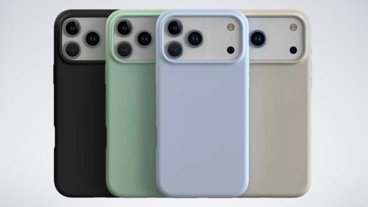




-m.jpg)






 Chip Loder
Chip Loder
 Marko Zivkovic
Marko Zivkovic
 Malcolm Owen
Malcolm Owen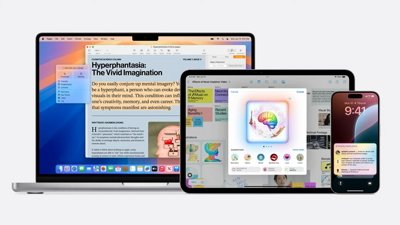

 William Gallagher
William Gallagher
 Christine McKee
Christine McKee

 Andrew Orr
Andrew Orr




-m.jpg)




28 Comments
I have an iPod mini like this, sitting in a drawer somewhere. Do I recall correctly that this had a Firewire to 30 pin cable? Ah those were the days, when Macs had high speed Firewire instead of this newfangled USB thing.
One notable feature of this model is that you can mount it as a disk drive. I think you can even install a MacOS file system and make it bootable.
You could bring these up to date per say by taking out the 4 or 8gb hard drive and install a compact flash drive card on it, as I did, giving it 128gb’s of space. Also, the 400mah battery was way too small, so I’ve also upgraded that with a 1900mah battery to improve listening time. The final upgrade was installing rockbox on it to further improve sound quality by giving you vastly more feature settings and control over your music, plus this allows you to install and uninstall music from your file manager. The Mini also had an excellent Wolfson DAC chip on it, so considering how little all of these upgrades cost, it was worth the effort as the click wheel remains popular to this day with someone even attempting to do a software version of it for the iphones......until Apple pulled the plug on the developer. With its size, build quality, its retro look and now storage space and battery upgrades, along with the improved sound from Rockbox, I find the Apple Mini still holds its own in today’s world if you have your own music collection. I still get comments on it wondering why I’m using a 2004 Mini in 2020 only to explain that its been heavily modified.
This was a fun look back. Crazy to think that the classic iPods are already considered retro, yet their hayday doesn't seem that long ago.
I have one that still works, with cables and ear buds. Also have working Apple IIe, duo disk drive, all operating floppies, green monitor, Epsonn 1000 dot matrix printer, PFS software floppies and VisiCalc software with disks and leather manual.
There are plenty of ipods in use despite Apple's attempts to push s all to new devices and support. Since I had over the years invested in multiple 30-pin players, adapters, etc., including a premium TEAC ipod dock/DAC for my home audio system, transitioning away from 30 pin would be quite an undertaking and expense. So far, I am still making daily use of ipod classic (several working models in hand) and 30-pin infrastructure both at home and on the go. Apple is going to have to make a much harder sell to me, with my extensive (and expensive) iTunes library of purchases, and 30-pin built world of accessories, before I make any big changeover. Thanks for your article.